
Ranunculus And Peonies Flowering
Hello friends,
Today I wanted to share with you some of the ranunculus and peony plants that flowered in the garden this November, bringing such wonderful colour into the garden after the daffodil and tulip flowers finished, but before the dahlias started flowering this summer.
First up are the ranunculus varieties that I grew from seed last autumn. I bought a bunch of imported seeds from Buds & Bloom, including the varieties French Amandine Purple Jean, Italian Rosa Chairo, Italian Rosa, Italian Pastello 1, Italian Pastello 2, and Italian Bianco Sfumato.
Ranunculus corms are almost impossible to import into New Zealand due to strict biosecurity laws, but seed stocks are much easier to get into the country, which is what Buds & Bloom did last summer this year. Ranunculus plants from seeds are pretty tricky to grow, but I managed to get some germinating in autumn, and then grew them up over the winter, before planting them into the ground very early this spring. It didn't take them very long to grow and begin flowering, and here are a few that I photographed.
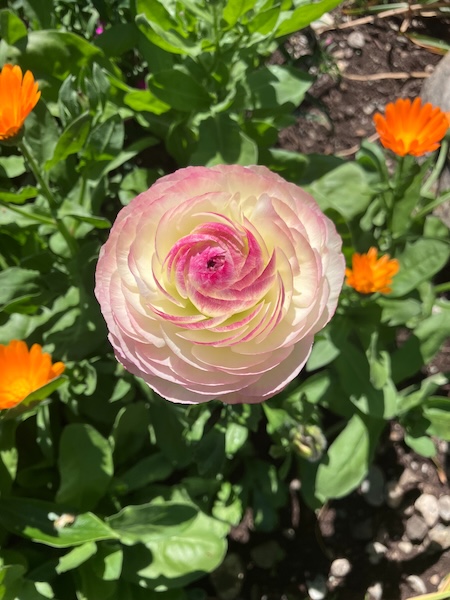
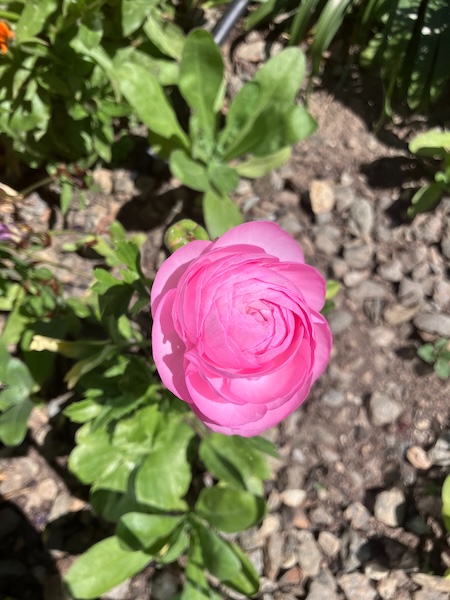
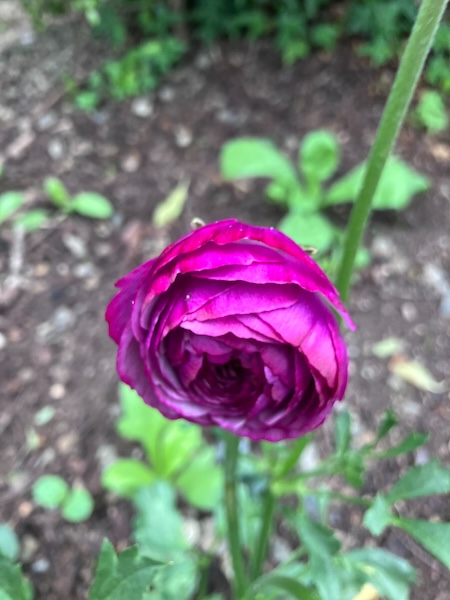
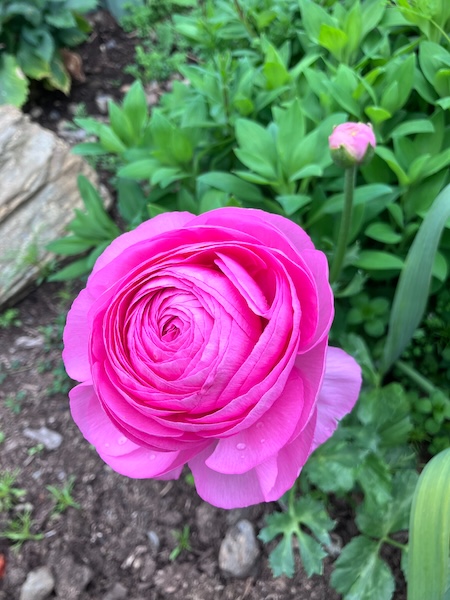
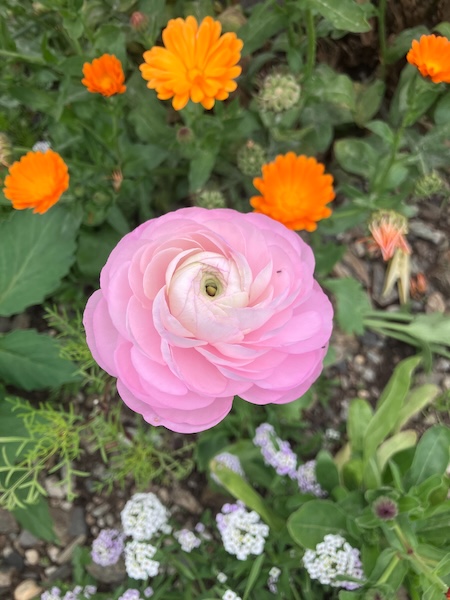
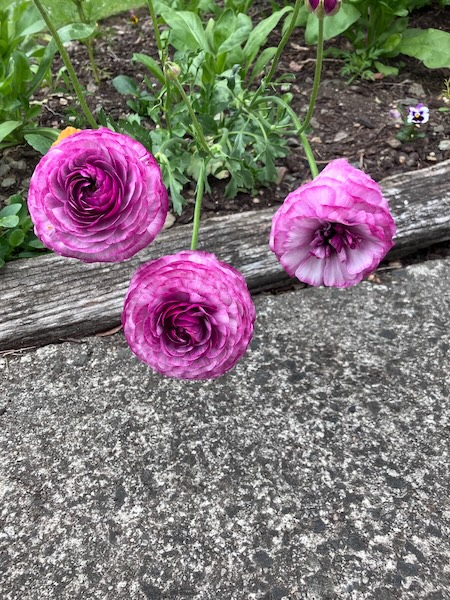
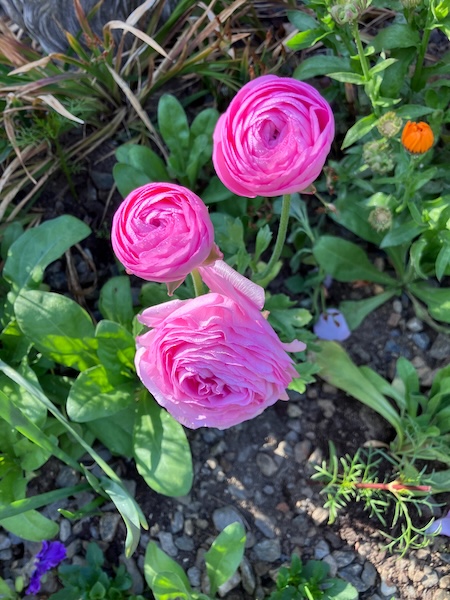
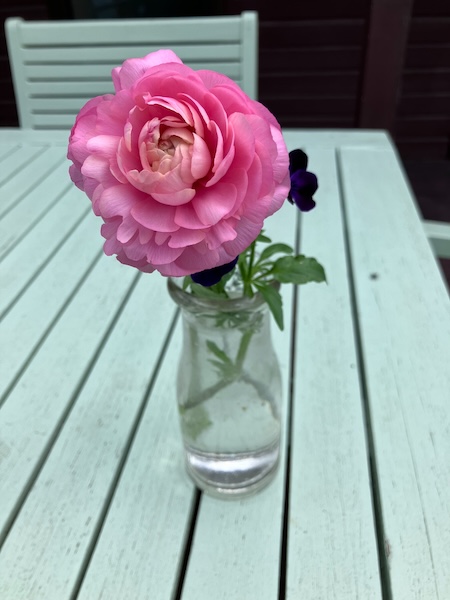
The range of colours from the imported ranunculus varieties was just stunning, with lots of pastel marshmallow like colours, and the flowers themselves were just very soft and squishy, perfect for cutting and then putting into a vase to enjoy inside the home.
Flowering at the same time were all my unknown peony varieties. Most of them were already in the garden when we moved here in 2019, and a couple of others are peonies that I bought but then have moved a couple of times over the years, and now I can't remember any of their names...
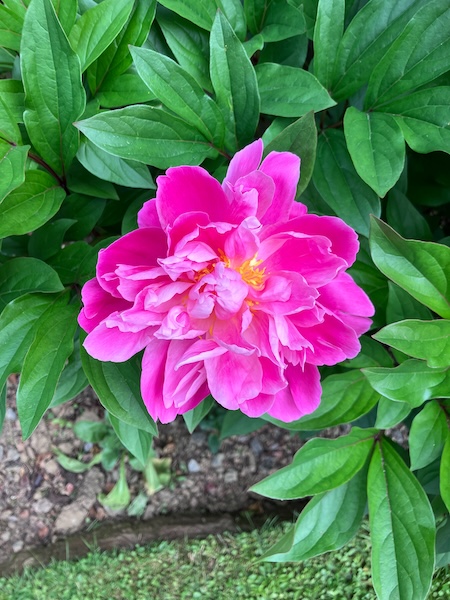
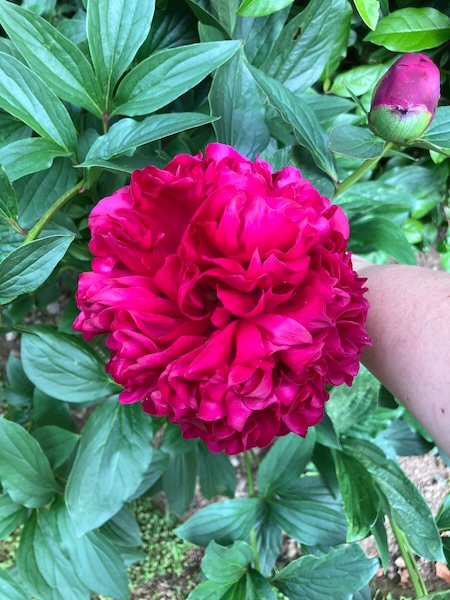
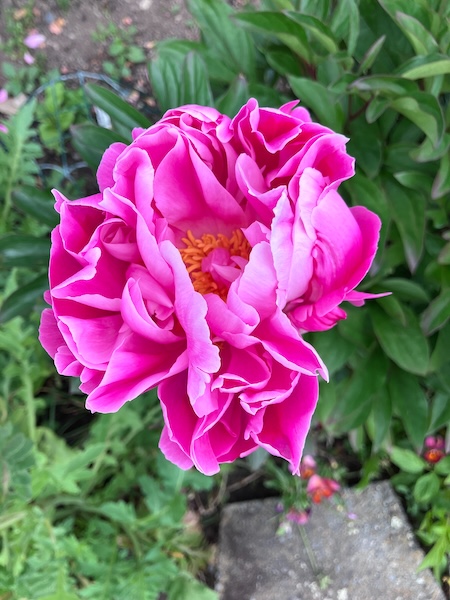
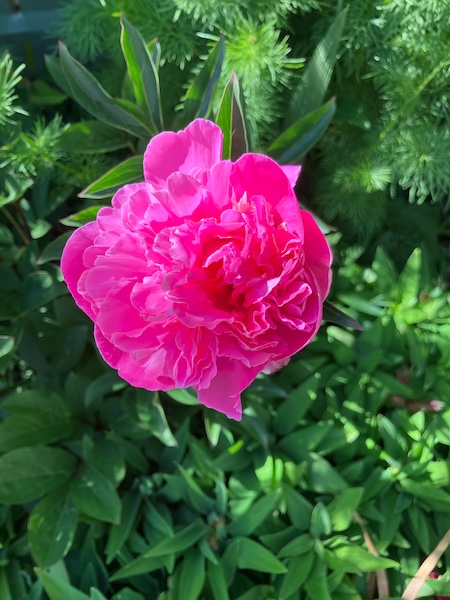
I leave them to flower in the garden rather than bringing them inside our home because hubby and my allergies are too severe to tolerate them, and also we have two very bitey indoor cats (Missy and Rosie) who would love to eat them if the blooms were brought inside.
I also have three new peonies growing this year, Duchesse de Nemours, Dr Alexander Fleming, and Sarah Bernhardt, but it will be a few years before they will be flowering and putting on a show in the garden. I can't wait to see them bud and bloom in a couple of years time...
Have a wonderful day
Julie-Ann
Want to discuss my post? Feel free to chat with me on Instagram or Mastodon or Bluesky, and now also Facebook.
Seed Saving And Storage In Autumn 2025
Hello friends,
Recently I finally got around to sorting out the last of my seed saving efforts for autumn.
First up I sorted out the pumpkin and tomato seeds I had drying on paper towels. It didn't take too long to clean up, package and label my Baby Bear, Grey Crown, and Kakai pumpkin varieties, along with my Island Bay Tomato seeds.



Next up was dealing with all the flower seeds drying in the garage. I had two different stashes of Calendula officinalis seeds, a mixed container of seeds from various Calendula plants around the garden, and one container with seeds from the Calendula Strawberry Blonde variety I had growing. It didn't take very long to sieve them using my soil sifter, which I use for seed clean up.


I then sifted my Nigella, Love in the Mist, seeds I collected from various plants in the front garden.

And I also cleaned up and then stored mixed Cosmos seeds I collected from all the Cosmos varieties I grew over the summer. The seed sifter's multiple sieves came in handy, as there was quite a bit of flower bits in the mix.


In my seed clean up session I also found packets of Zinnia, Sulpur Cosmos, and Sweet Peas I had collected earlier in the autumn, but had not had a chance to store away yet.

With all that organising done, it was time to stow all the seeds away for the winter. I now have three matching seed storage containers, with one each for vegetable seeds, flower seeds, and herb and dye plant seeds. It didn't take very long at all to store all the seeds away in their appropriate containers. These containers make it so much easier to store the seeds, and then pull them out in smaller sections for seed sowing.



With that big job done, there's nothing more to do until the seed catalogues come out in the coming months, when I need to go through each box and check if I need to replace any seeds I wish to grow next spring.
Have a wonderful day
Julie-Ann
Want to discuss my post? Feel free to chat with me on Instagram or Mastodon or Bluesky.
Random Farm's Tilda and Biscuit Fleece Project - Washing and Storing
Hello friends,
Yes, I went and bought two more raw fleeces, but in my defense, it was only 500 grams of fleece each. I saw a social media post from Random Farm in April announcing the release of their raw fleeces after they'd been taken to the 2025 National Black and Coloured Sheep Breeders Association Competition. After searching through the photos of their fleeces available, I was really tempted by two raw fleeces, from the sheep Tilda and Biscuit, so I bought 500 grams of each of them.
First up we have Tilda the sheep, who is a silver grey pure-bred Romney, with fleece of 34 microns across and a staple length of 13 cm. Her fleece came second in the Strong Handcraft Fleece section at the National Black and Coloured Sheep Breeders Association Competition in 2025.
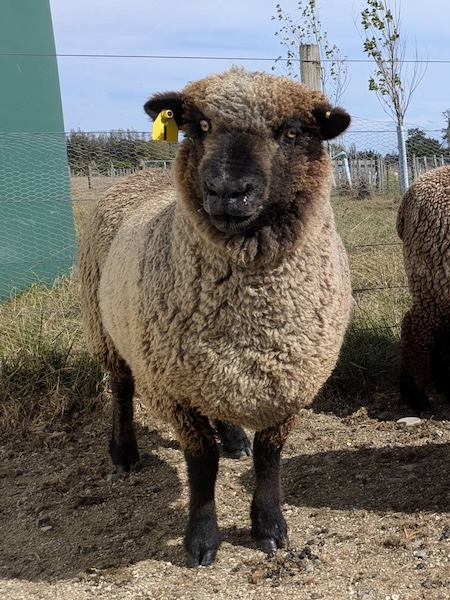
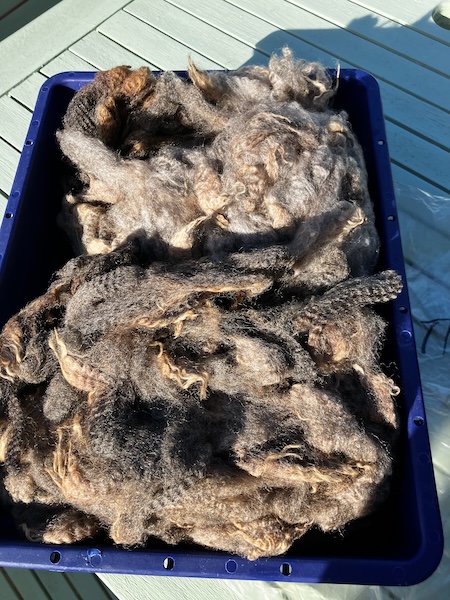
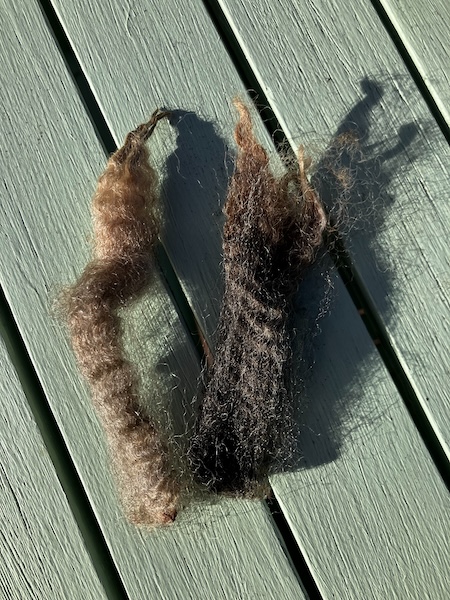
With her fleece I scoured it using my previous method of scouring wool using Unicorn Scour Power, but this time I used a new drying method.
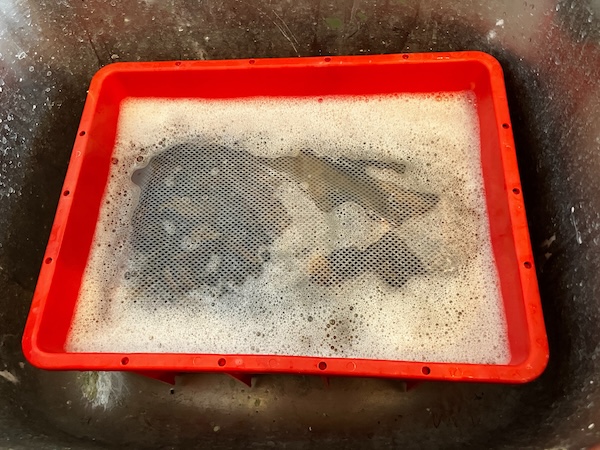
Usually I put scoured fleeces into plastic trays to dry while outside, but I have the problem of fleece trying to blow away in high winds, and also when I bring it inside Missy and Rosie cats think of them as warm and fluffy cat beds. I saw a social media post a while ago of someone using a foldable fish drying mesh rack to dry fleeces and yarn, so I was interested in buying one, and I eventually found it on Temu after I couldn't find any for sale locally in New Zealand. I opted for the four tier rack with zip closures as it gave me many options for drying fleece, fibre, and yarn. It also folds down into a very small space for storage.
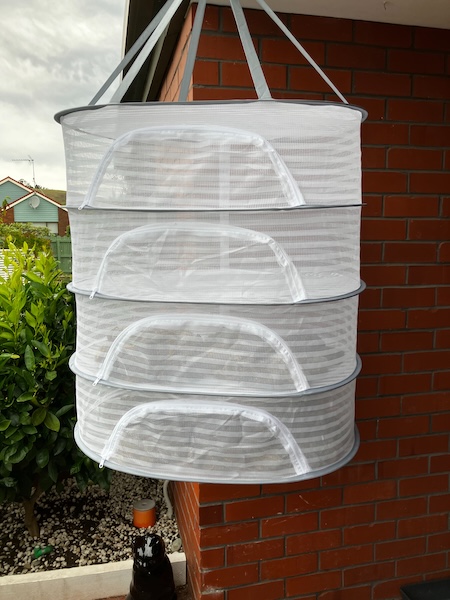
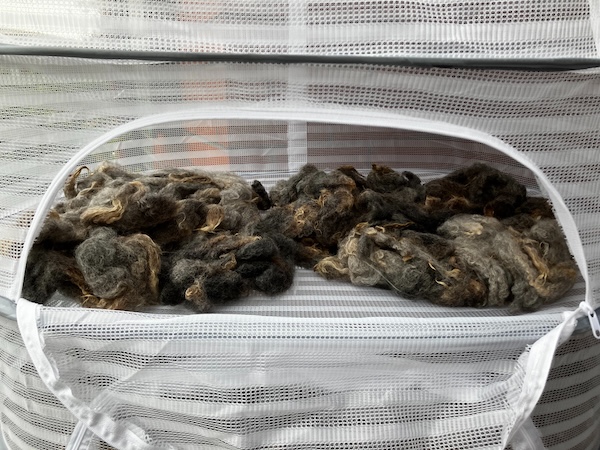
And the new system works great for both outside the house, and also for hanging inside near the fireplace on cold nights. It didn't take very long at all to dry, hung up safe from both winds and cats. A quick flick carding of Tilda's dried fleece shows a nice clean and long staple with great crimp in the fleece.


Biscuit the sheep is a silvery-grey romney/corriedale fleece, with romney lustre and corriedale softness. Her fleece was shorn when she was 18 months old, so this is her two-tooth fleece, at 31 microns and a staple length of 14 cm. Biscuit's fleece came 4th in the Mature Strong Handcraft Fleece section at the National Black and Coloured Sheep Breeders Association Competition in 2025.
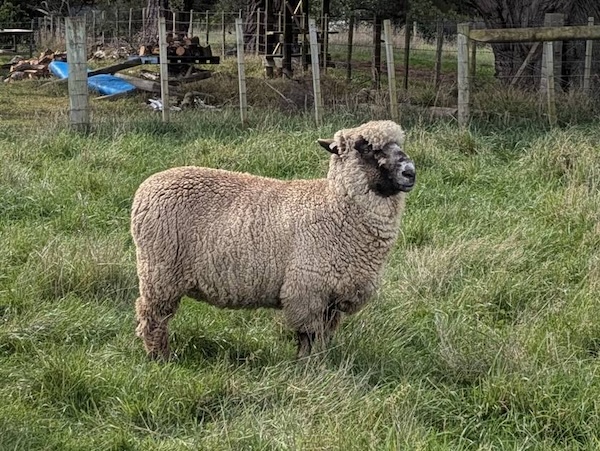
Random Farm suggests spinning this fleece semi-worsted/worsted style, which require wool combs to align all the fleece in the same direction. I have actually have a set of wool combs ordered from Majacraft, but I'm waiting for them to arrive so I can try this method of fleece preparation.
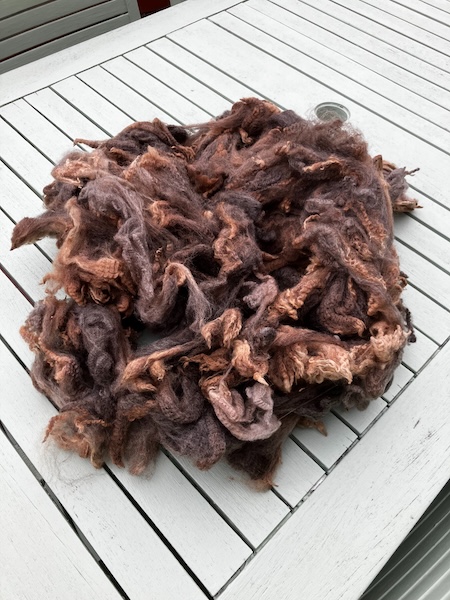
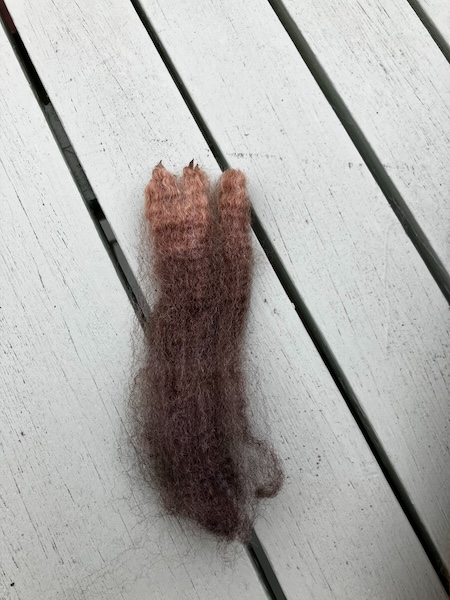
When dried I flick carded a lock of Biscuit's scoured and washed fleece, and it turned out just beautiful, with two toned colours on a long staple. I'm looking forward to using my new wool combs with this fleece when they arrive.

With four scoured and clean fleeces now in storage, I will not buying any more fleece for quite a while. The next step for all these fleeces is to process them for spinning, by either drum carding them, or using my wool combs.
And I just wanted to say a big thank you to Random Farm, who gave me permission to use their photos of Tilda and Biscuit the sheep in this blog post. Please check out Random Farm's Facebook and Felt pages to see all their lovely fleece available.
There won't be a blog post next Thursday, as I'm having cataract surgery on my left eye next Wednesday. I am planning on posting a blog a week after that if all goes to plan.
Have a wonderful day.
Julie-Ann
Want to discuss my post? Feel free to chat with me on Instagram or Mastodon or Bluesky.
Planting Garlic and Shallots
Hello friends,
A couple of weeks ago I was finally able to get all my garlic and shallot bulbs into the ground. I've been meaning to for a while, but first I had to weed, and then dig over the vege garden bed they were to go into.
Once hubby and I did the hard work of weeding and digging the vege garden bed one Saturday afternoon, I pulled out my trusty bulb planter, and got to work first planting out six shallot bulbs that I had picked up from our local garden centre. I haven't planted shallots before, so this is a small experiment to see if they were worth doing so in the coming years.



Once they were in the ground, I planted out a couple of bulbs of Printanor garlic I also purchased from our local garden center. I've grown these for years, but I've had some problems with garlic rust with this variety each December.

Next up were the garlic varieties I bought from Bulbs Direct. I've wanted to try new varieties to see if they were more resistant to garlic rust, and I was also interested in how they tasted. I planted a bulb of Creole garlic, which is supposed to taste very intense and much more firey than other garlic varieties. Creole garlic has beautiful red/burgundy cloves when the bulb is broken up for planting.



And the last garlic variety to plant was Fire which was also from Bulbs Direct. Fire garlic is supposed to form large bulbs and have a fierce spicy taste.


And now with all that planting done, my garlic and shallot bulbs are in the ground for the next 6 - 7 months. I hope come the end of December, there is a large harvest for me to dig up.
Have a wonderful day
Julie-Ann
Want to discuss my post? Feel free to chat with me on Instagram or Mastodon or Bluesky.




